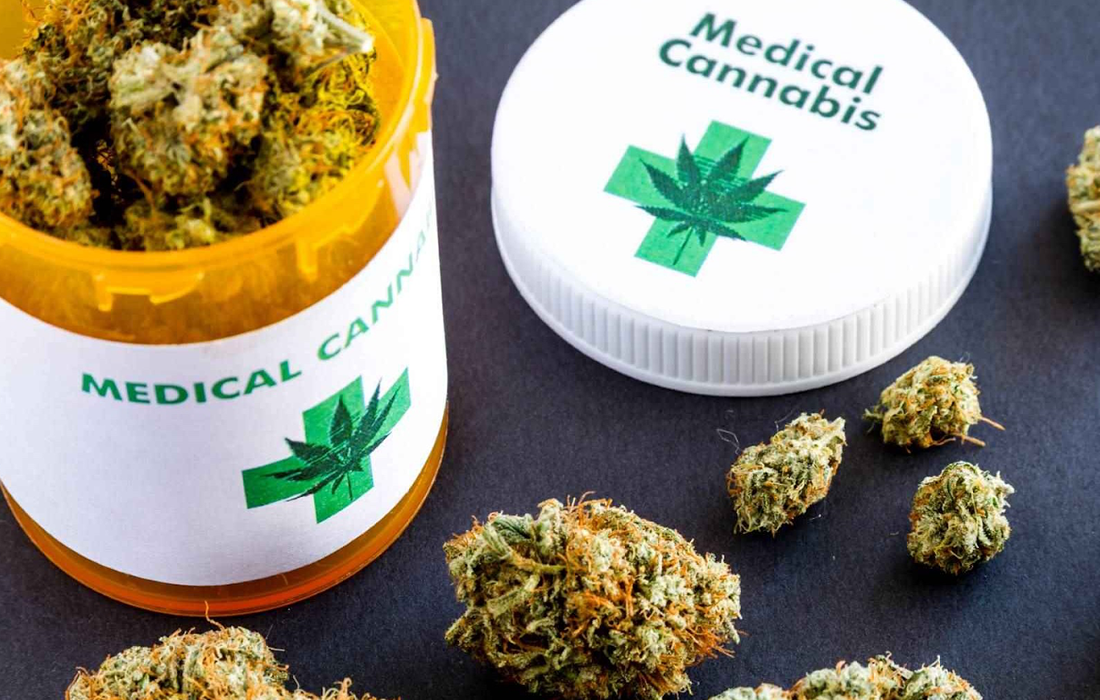Regenerative Medicine News and General Information
New Study on Medical Cannabis Use Associated with Clinical Improvements in Pain and Pain Drugs Use
Despite their questionable efficacy for chronic pain, prescription opioid analgesics have been a mainstay in clinical pain over the last 3 decades. The severity and scale of the North American opioid overdose epidemic has highlighted the genuine risk of physical dependence and overdose with prescription opioids and these risks have been exacerbated by the COVID-19 pandemic, during which opioid overdose deaths increased.
On the other hand, cannabis contains hundreds of biologically active molecules that modulate pain physiology. These include the cannabinoid receptors (CB1, CB2), TRPV1 and PPAR receptors.
Cannabinoids and opioids interact in a number of ways. Pre-clinical and human studies have demon- strated analgesic synergy between these molecules. These findings suggest that cannabis could prevent dose escalation or facilitate dose reduction for indi- viduals using opioids. Several clinical studies have demonstrated the opioid-sparing properties of canna- bis with patients reducing their opioid consumption by 50% when given access to cannabis.
Research Study
A new prospective observational study published in the journal Cannabis and Cannabinoid Research found that medical cannabis use was associated with clinical improvements in pain, function, and quality of life with reductions in prescription drug use; 73% either ceased or decreased opioid consumption and 31% discontinued benzodiazepines.
Also, significant clinical benefits of cannabis occurred within 3 months of initiating cannabis therapy and plateaued at the subsequent follow ups.
The study included 468 participants who were patients at the Rothman Orthopaedic Institute, a large orthopedic practice in Philadelphia. Patients with chronic pain were referred to a physical medicine and rehabilitation physician who specializes in pain management.
Cannabis active ingredients and routes of delivery were reviewed with patients by the physician, and patients were provided guidelines on product selection.
The most prevalent reasons that participants were seeking treatment at the clinic were chronic low back pain and multifaceted pain (fibromyalgia and neuropathies).
The most commonly reported frequency of cannabis use was two to three times per day, fol- lowed by an equal number of patients who either used once per day or three to four times per week.
The most com- monly reported experience of the patients was relief of pain in the absence of intoxication (N = 125, 41% of all patients). Of the patients who did experience in- toxication (N = 146), 84% either found the intoxica- tion to be enjoyable, or that it did not interfere with daily tasks.
Visual Analogue Scale (VAS) pain was significantly reduced at 3, 6 and 12 months after initiation of cannabis therapy.
Conclusions
The research team concluded that their results support the use of cannabis as an effective analgesic and prescription drug-sparing therapy. In patients with chronic musculoskeletal noncancer orthopedic pain, cannabis reduces pain, improves mental and physical health. Also, their results showed an objective association between the initiation of cannabis therapy and the reduction of both opioid and benzodiazepine prescriptions.
Source:
Ari Greis, et al. Perceived Efficacy, Reduced Prescription Drug Use, and Minimal Side Effects of Cannabis in Patients with Chronic Orthopedic Pain. 2021. Cannabis and Cann Res. DOI: 10.1089/can.2021.0088
Image from:

